[adrotate group = “15”]
During Scarlet Nexus’s promotional period, the marketing material depicted a futuristic Tokyo where special government agents fought off human-plant hybrids called the Others. The agents are an elite class, born with super human powers and specially trained to use weapons, their psionic abilities, and tag-team abilities to pulverize the Others. As the team continues their fight against these supernatural beings, they entangle themselves deeper into the controversial origins of the Others and conspiracies larger than they could ever imagine.
All in all, seemingly your typical JRPG affair.

But one particular element stood out: the game’s dual-perspective story-telling. Rather than centered around a single protagonist, the world, narrative, and adventure can be experienced through the eyes of two characters: Yuito Sumeragi and Kasane Randall. What’s more, Yuito and Kasane aren’t blank canvass avatars characters; they both have unique backstories, perspectives, and experiences which play into how the player understands the ever-evolving story of Scarlett Nexus.
Walking a mile in another character’s shoes is not new to the gaming landscape, but it’s not particularly commonplace either. Few games take this narrative approach seriously, if at all, tending to focus more on one narrative and character.
Story-Telling in Video Games
Video games are truly an art form and the medium has specific tools which make it stand out from other creative endeavors like film, music, art, written work, and more. In particular, it’s the combination of these tools which help drive narratives in ways only video games can.
Because of the diversity of tools available, video game story telling runs the gamut. Some of the earliest games were made at a time when developers were still experimenting with the medium and were trying to understand the burgeoning technology. So early-generation games like Pong, Tetris, and Pac-Man all seemed more focused on gameplay than narrative.
Yet, even in some of these early games, there were fledging traces that story was important to creating the atmosphere. In the first couple seconds of Donkey Kong, the player sees Donkey Kong (an earlier version of the ape at least) carrying Pauline up a ladder with her savior Mario set on rescuing her. It’s a simple story overall, conveying enough information for the player to understand the stakes of the journey: climb to the top of the tower to save Pauline from Donkey Kong.
Since then, story-telling in video games has evolved by leaps and bounds. Part of that is the technology behind video game development has rapidly improved, meaning that narrative-length video games have been able to be fully realized. RPGs and JRPGs have really benefitted from this advancement, taking more traditional narrative structure and combining that with more expansive worlds, aesthetic design freedom, and more.
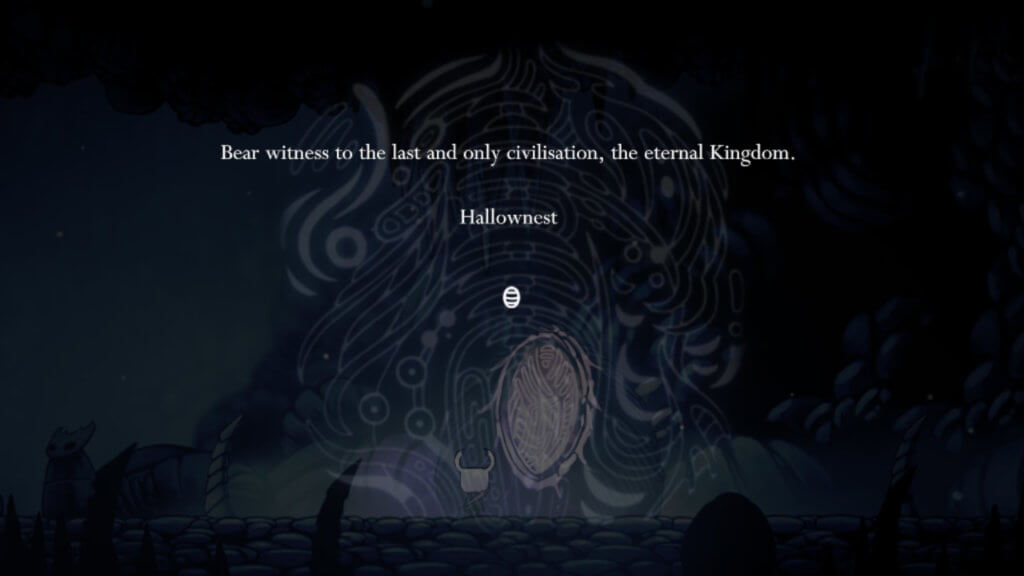
Other games have pushed the conventions beyond the perceived boundaries, questioning the limits our of imaginations. Some games – Dark Souls, Hollow Knight, and likely Elden Ring – rely on narrative and world building in the periphery. PT: Silent Hills created such a haunting atmosphere it is still considered one of the scariest games of all time. Games like Undertale and Mother turn video game tropes on their head, making them central to progression. In the former, killing or saving enemies – something taken for granted in other games and used as a way to gain experience – has dramatic ramifications for story development and world building.
The Last of Us Part II and Scarlet Nexus represent a new form of character driven story telling which focuses, quite literally, on multiple different perspectives. But The Last of Us Part II, a game from a studio which has its own gravity in the gaming landscape, created such controversy it divided fans and turned many against a beloved franchise and studio. Critics specifically pointed to the game’s dual-perspective narrative as a defining reason for the mixed reception. This stands in stark contrast with the consensus surrounding Scarlet Nexus, where Yuito’s and Kasane’s intertwining stories help positively shape the gaming experience.
What might account for this difference? How do The Last of Us Part II and Scarlet Nexus use multiple protagonist’s interiority?
The Last of Us Part II – “Everyone Has a Name,” Everyone Has a Story
Some say The Last of Us is in contention for the pinnacle of video game story telling. It took players through the personal journey of Joel Miller, a man who lost his daughter at the start of the cordyceps brain infection outbreak. Cold and gruff, Joel manifests his loss in almost every motion, saying, and action, even twenty years later. Only through journeying with Ellie across the United States does he begin to thaw, leading to a transformation so convincingly built up to.
What made The Last of Us work was that every encounter and interaction fueled the burgeoning relationship between Joel and Ellie. Major battles, both with monsters and with each other, pushed their relationship to the brink and forced each to reconcile what the other meant to them – Joel, a man who lost his daughter years before and Ellie, someone who had never had a consistent adult figure.
Minor moments helped solidify this cohesion. For example, in one of the first cutscenes, Ellie is seen reading a comic book. After that, Joel can start finding comic books scattered around. With each one, he mummers something along the lines of “I better give to Ellie. She loves this comic.” Moments like these added up, making the growing father-daughter dynamic that much more believable. Our attachment as players grew because we played a part in building that relationship.
If The Last of Us focused on creating perceivable depth to one particular relationship, The Last of Us Part II at least triangulated that horizon. Abby slots into Joel and Ellie’s story, hers one of the loss of her father whom Joel killed in order to save Ellie in the first story. And rather than play as Joel or Ellie for the entirety of the game, players also take control of Abby, learn her backstory, meet her friends, and see how she experiences the events of The Last of Us’s climax and the deaths of her friends at the hands of the player (as Ellie) during the first half of the game.
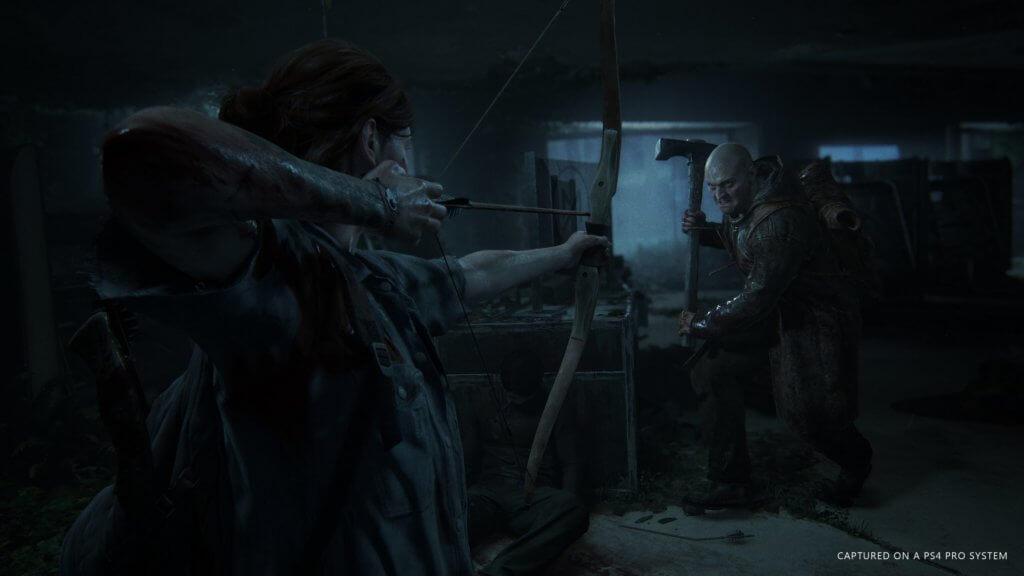
How they did so was unique. Rather than focusing on Ellie or Abby individually, the team at Naughty Dog focused on the relationships built or destroyed in the process of seeking violence to each other and beyond. By playing as Ellie, players felt the harsh reality of Joel’s death, how her friends tried to comfort her, and how none of this mattered as she brutally slaughtered Abby’s comrades one by one.
Then, at the midpoint of the game, players went back to the start of the adventure, but now playing as Abby. As Abby, players gained a sense of the relationships between Abby and her inner circle. They had their own tensions and mistrusts, happy moments and jokes, and to know that you as Ellie murdered each one only a few hours in-game time before is meant to make your stomach churn. As the classic refrain goes, “they have a family!”
Fans who disliked the game, however, did not appreciate the bifocal story telling. Various perspective storytelling in The Last of Us Part II did not resonate with fans perhaps because it was destructive.
What made The Last of Us so great was that it focused on building up the relationship between Joel and Ellie. In structure and form, The Last of Us Part II worked to fracture this relationship by introducing Abby’s perspective. Indeed, if we could only at first empathize with Joel and Ellie, we were asked to broaden our horizons and empathize with Abby, that even after she killed Joel, there was still ambiguity on who and if there was an arbiter of justice.
While The Last of Us Part II tells an important story about the detrimental ravages of continual revenge and violence, it is hard to overcome emotionally the work gamers put into building Joel and Ellie’s relationship. Joel’s decision was neither purely right nor purely wrong when he killed Abby’s father in order to save Ellie; few are contesting that it was a complicated decision. But we understood deeply why he made that choice.
By asking us to empathize with Abby, the game toys with our emotional vulnerability at that moment and the love we may have felt from Joel as he decides to save Ellie. Abby is valid in her frustration and hatred towards Joel for killing her father, but the way the story is told, from the first game to the sequel, her perspective is only meant to break down everything that had been previously built up.
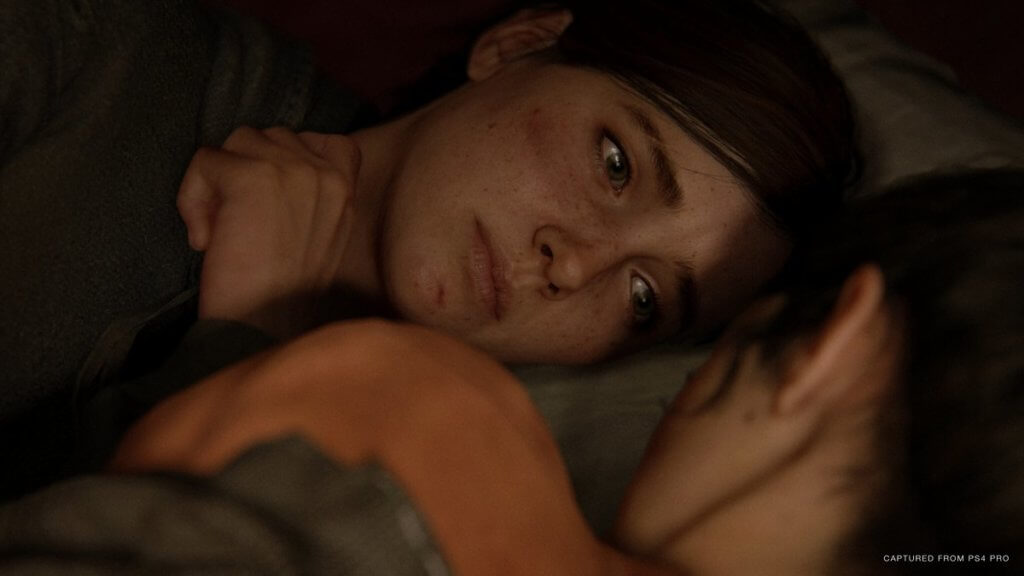
Regardless of how you might feel on the moral elements of the game, this narrative move is jarring and unsettling. Perhaps that’s the point of the story. But, given fan reaction, perhaps there was a different way to insert Abby’s narrative into The Last of Us’s universe.
A Different Way: Scarlet Nexus And Synergistic Multi-Character Focused Narrative
On a new playthrough of Scarlet Nexus, the player is presented with two protagonists to choose from: the naturally talented but indifferent Kasane Randall or the kind and pure hearted Yuito Sumeragi.
For players familiar with J/RPG tropes, this choice may seem inconsequential. Picking between two characters often leads to a simple swap of the main protagonist character sprites with little or even no major shifts in playstyle or story. The Pokémon series, Fire Emblem after Fates, and more give players the option to choose between a male or female version of the protagonist, but little except for pronouns and relational nouns changing. Persona 3 Portable does a little more with the different gendered protagonists, but the main differences are in optional side storylines.
However, the choice between Kasane and Yuito actually leads to significant story and gameplay differences. It is clear that their stories diverge meaningfully as they stand on opposite sides of warring factions. Their interests are clearly outlined: Kasane to protect her sister and Yuito to follow what he considers justice. There is certainly no way the two could simply swap places if the player were to have chosen one over the other.
At the same time, their stories also intertwine consistently. From the outset, Kasane and Yuito cross paths at key moments: fighting off Others from attacking the civilians of Suoh, as enemies within a laboratory, or serendipitously saving each other within a secretive society.
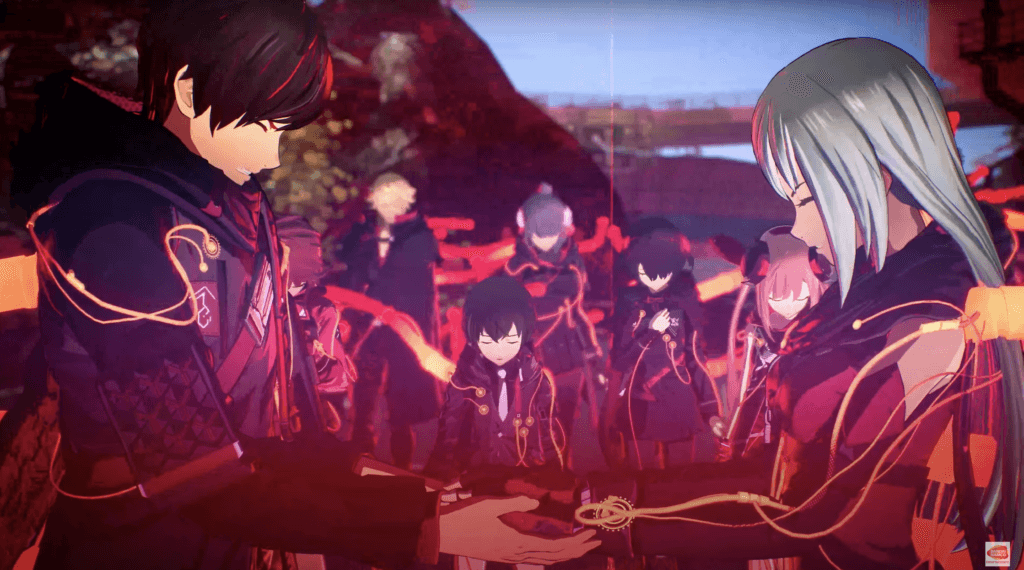
These continuous overlapping moments all lead up to a climax moment when Yuito finds himself incapacitated due to total loss of brain function. As Kasane stumbles upon him writhing in pain on the ground, their two platoons team up to try to lessen the damage on his brain which threatens to wipe away his personality. In order to save Yuito, both platoons connect to him using their advanced technology and transmit their memories of him. As they all focus on their memories and softly speak his name, he returns back to normal, all brain functions and memories intact.
A bit of a deux ex machina? Absolutely. But it was also a moment that illustrated Scarlet Nexus’s synergistic story telling.
In a literal sense, saving Yuito relies on the memories on him, ones experienced by the players and NPCs. It’s built on the relationship gained through the interwoven story.
But Yuito’s memories are founded on both that of his and Kasane’s platoons, which the player can only experience one at a time. Thus, Scarlet Nexus is built around two competing visions and perspectives of the same story. Yuito’s almost lifeless body filled with memories from Kasane’s playthrough and his own playthrough illustrate how meaningful both sides are to a fuller understanding of the world and story. It, in the most literal sense, brings life to the game. The two stories are synergistic.
Rethinking the Limits of Video Game Story Telling
The Last of Us Part II and Scarlet Nexus both tried something interesting with their story telling. While these games are not the first to use bifocal perspectives, they are interesting to look at together because the former breaks down an established narrative while the latter builds up a new one.
This is also not to say The Last of Us Part II completely failed as a narrative. It was certainly harsh, dark, and made players uneasy, all qualities which actually are aligned with its core message. There’s certainly a beauty to how the developers pulled it off, but the sour taste many were left with makes you wonder if there were perhaps a way to break down the narrative without the aftertaste.
Scarlet Nexus perhaps better shows where a dual-protagonist narrative could be utilized: as a world, character, and relationship building story-telling style for a new IP.
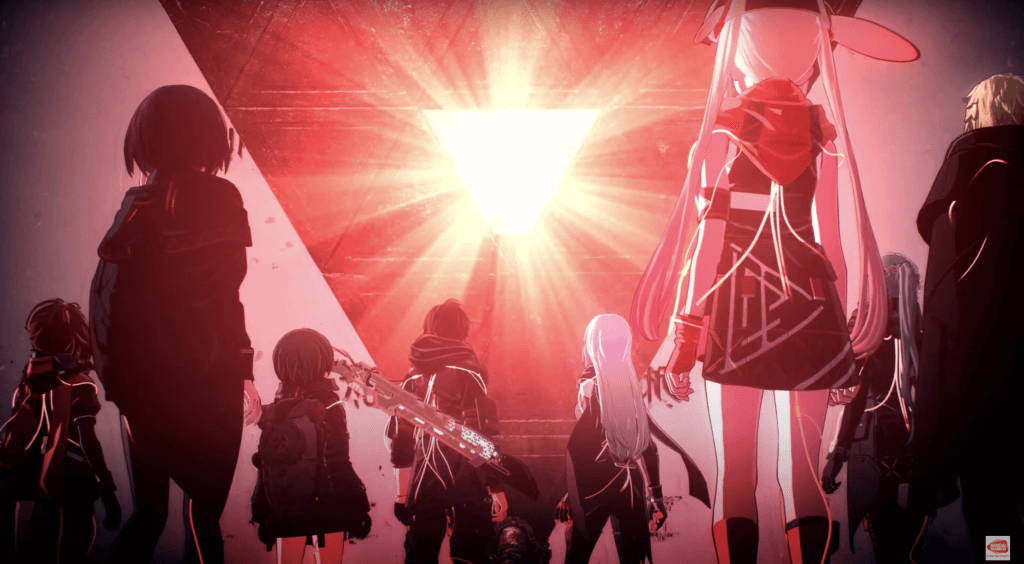
It’s exciting to see the strides both games took to innovating on video game story-telling. As the technology allows development teams to fully realize their creations, we as gamers will be sure to see even more interesting and unique narrative-driven games.
Follow TechTheLead on Google News to get the news first.

















